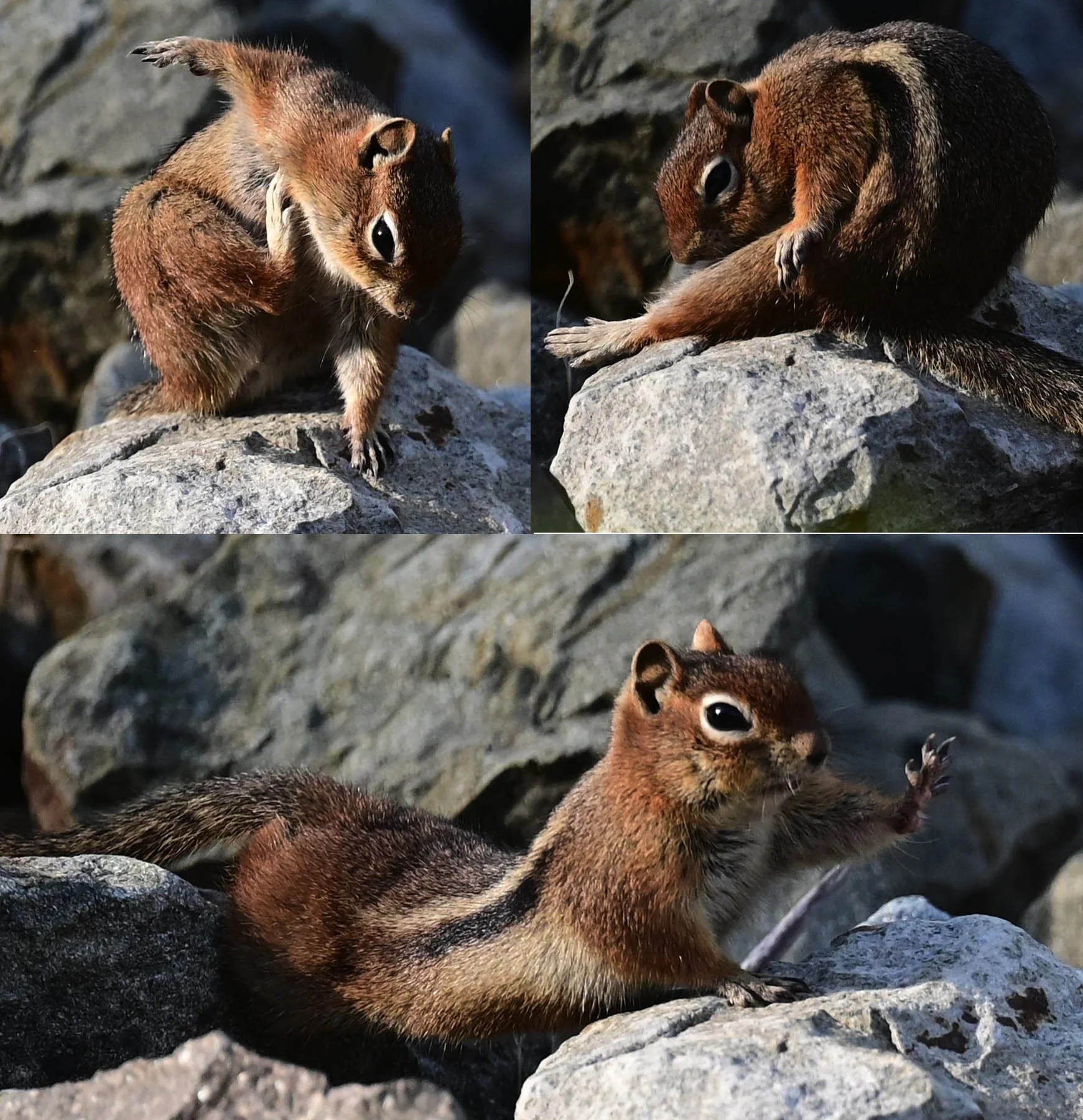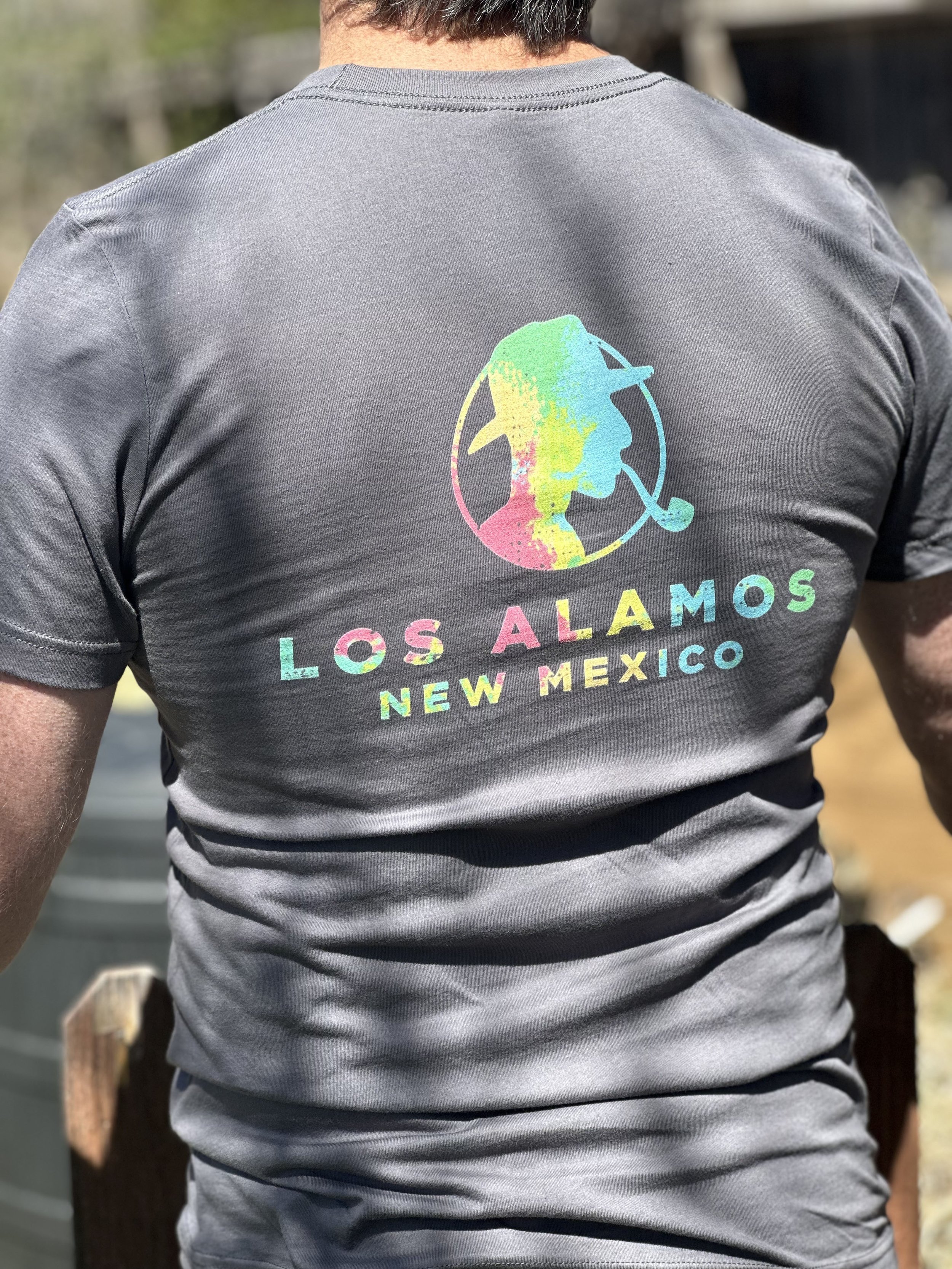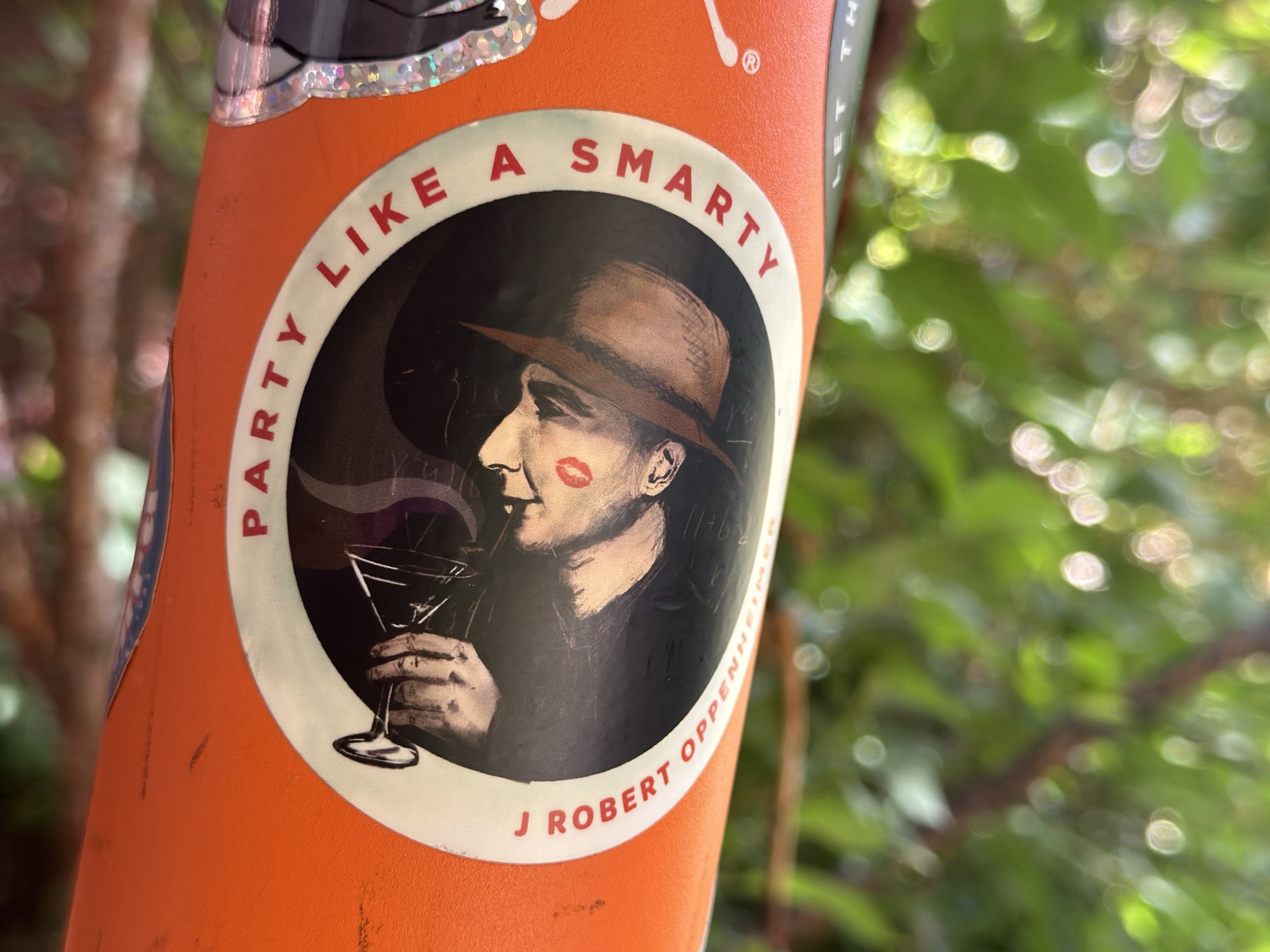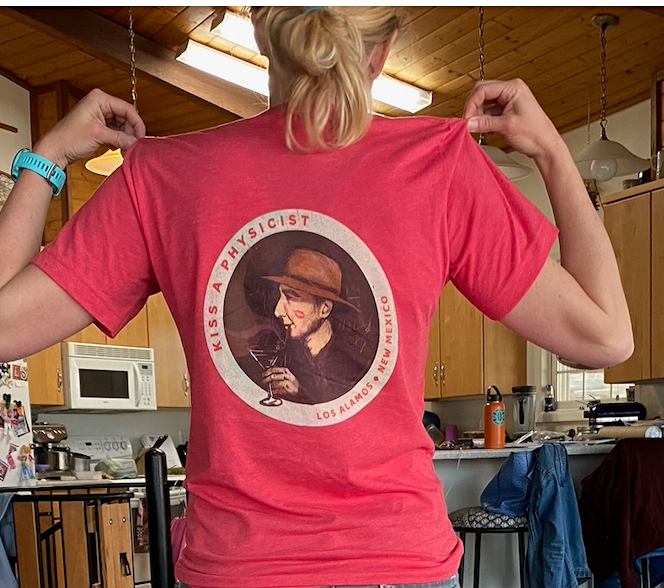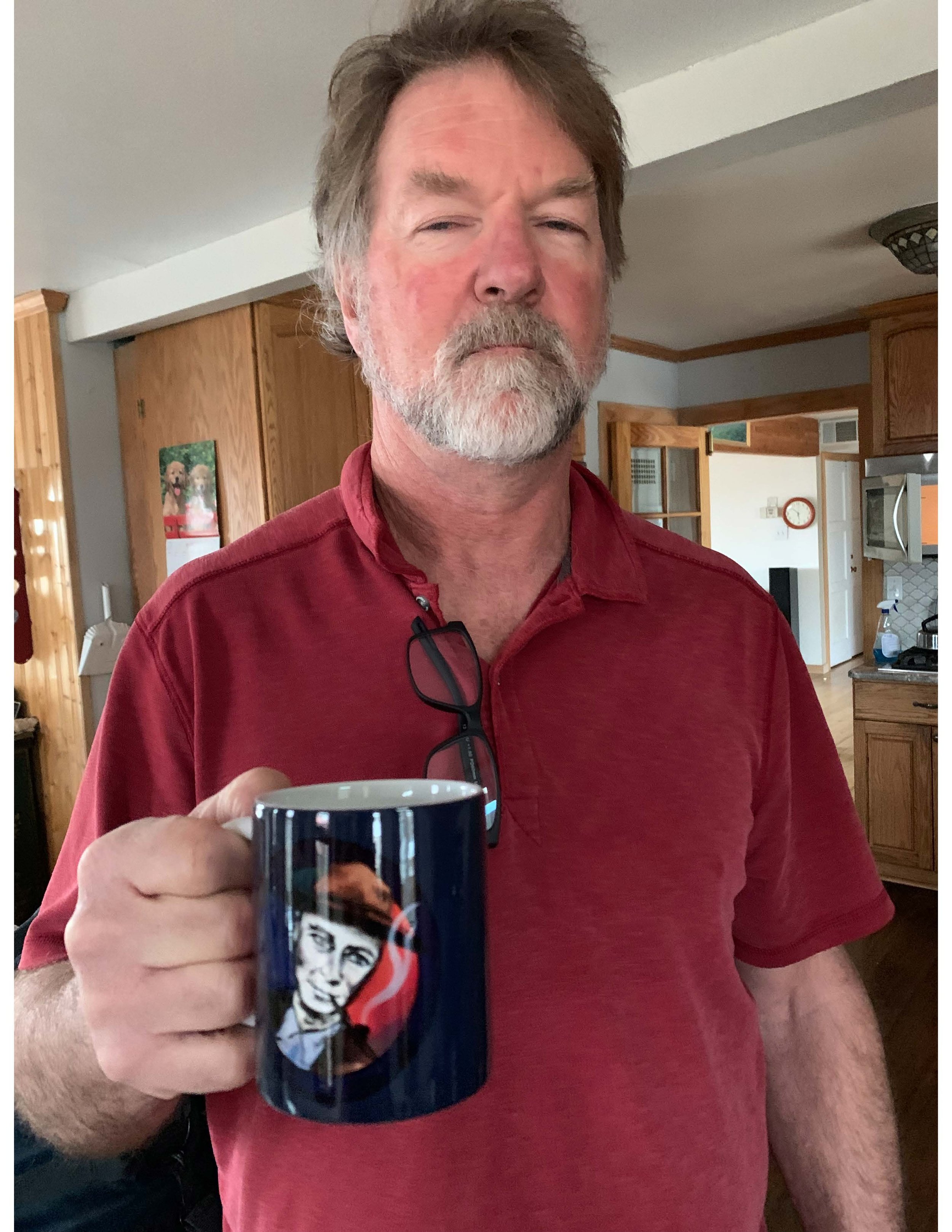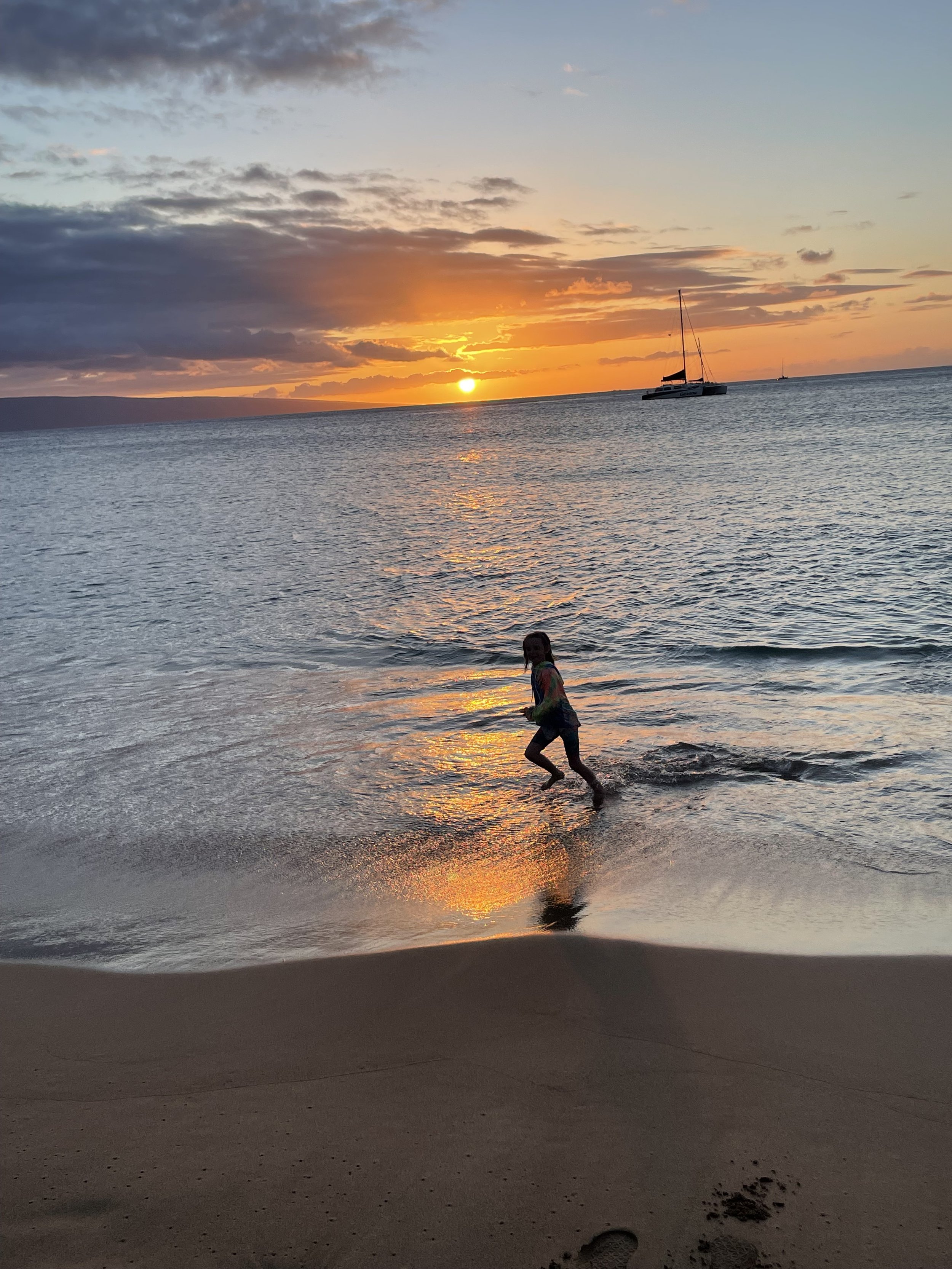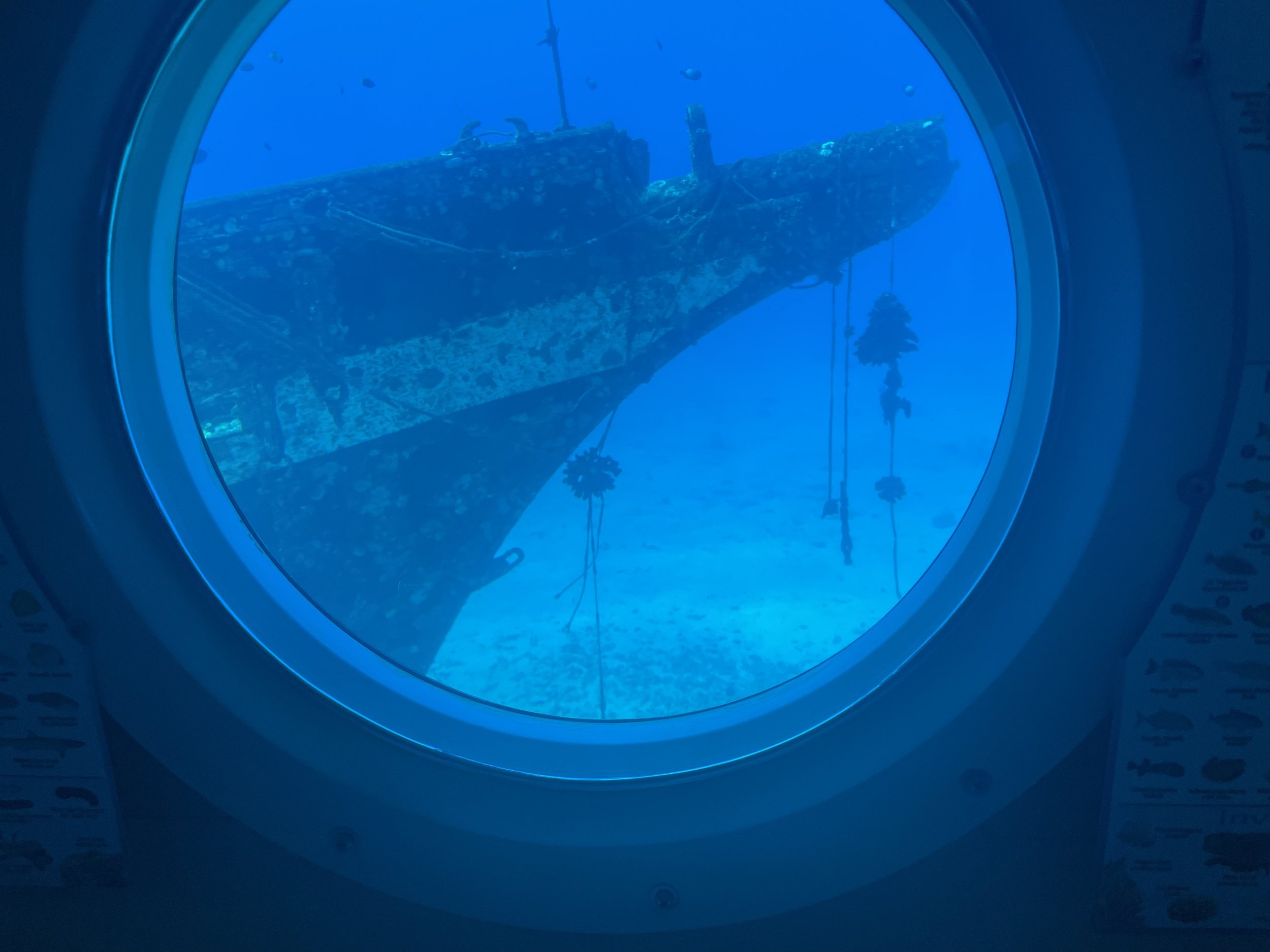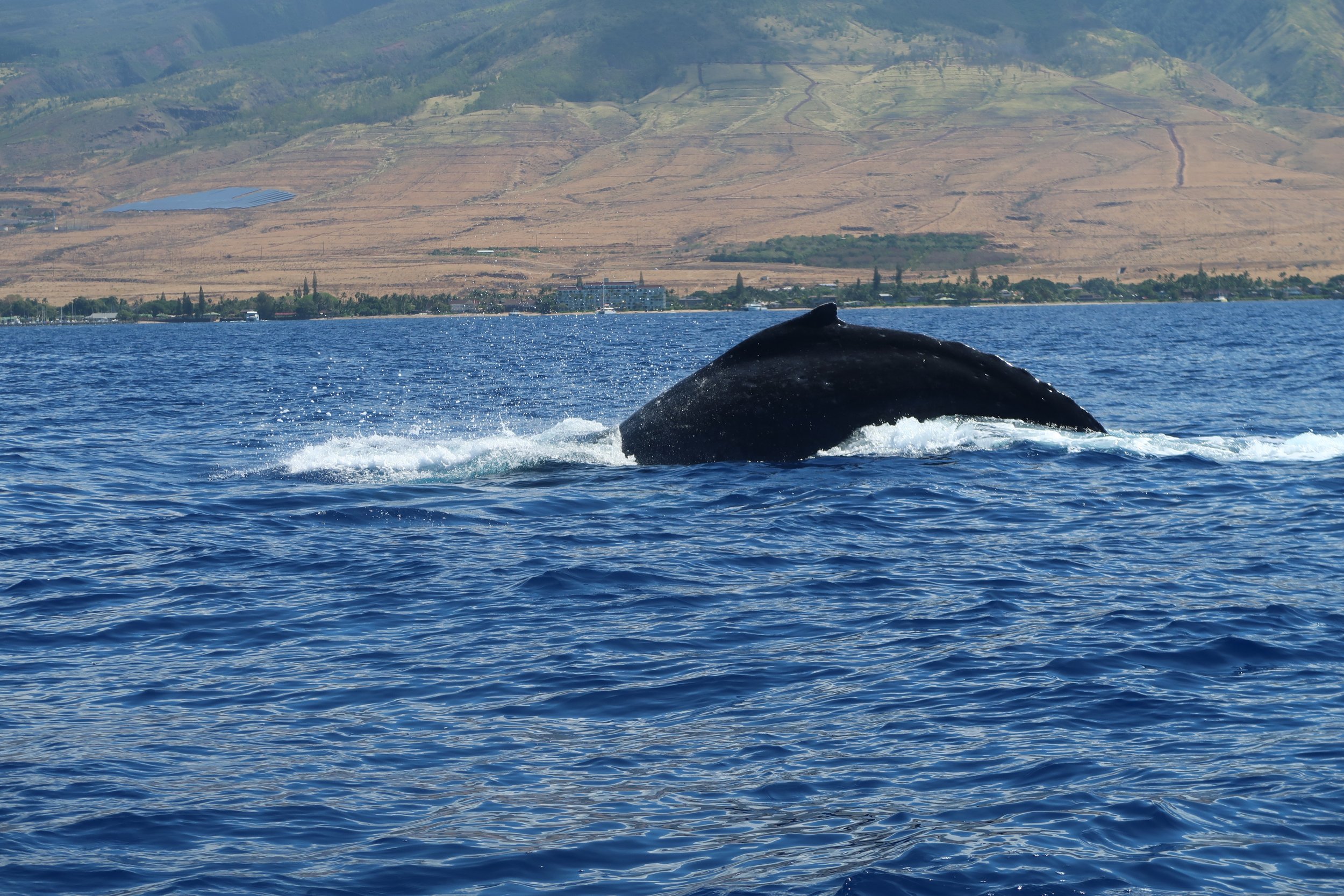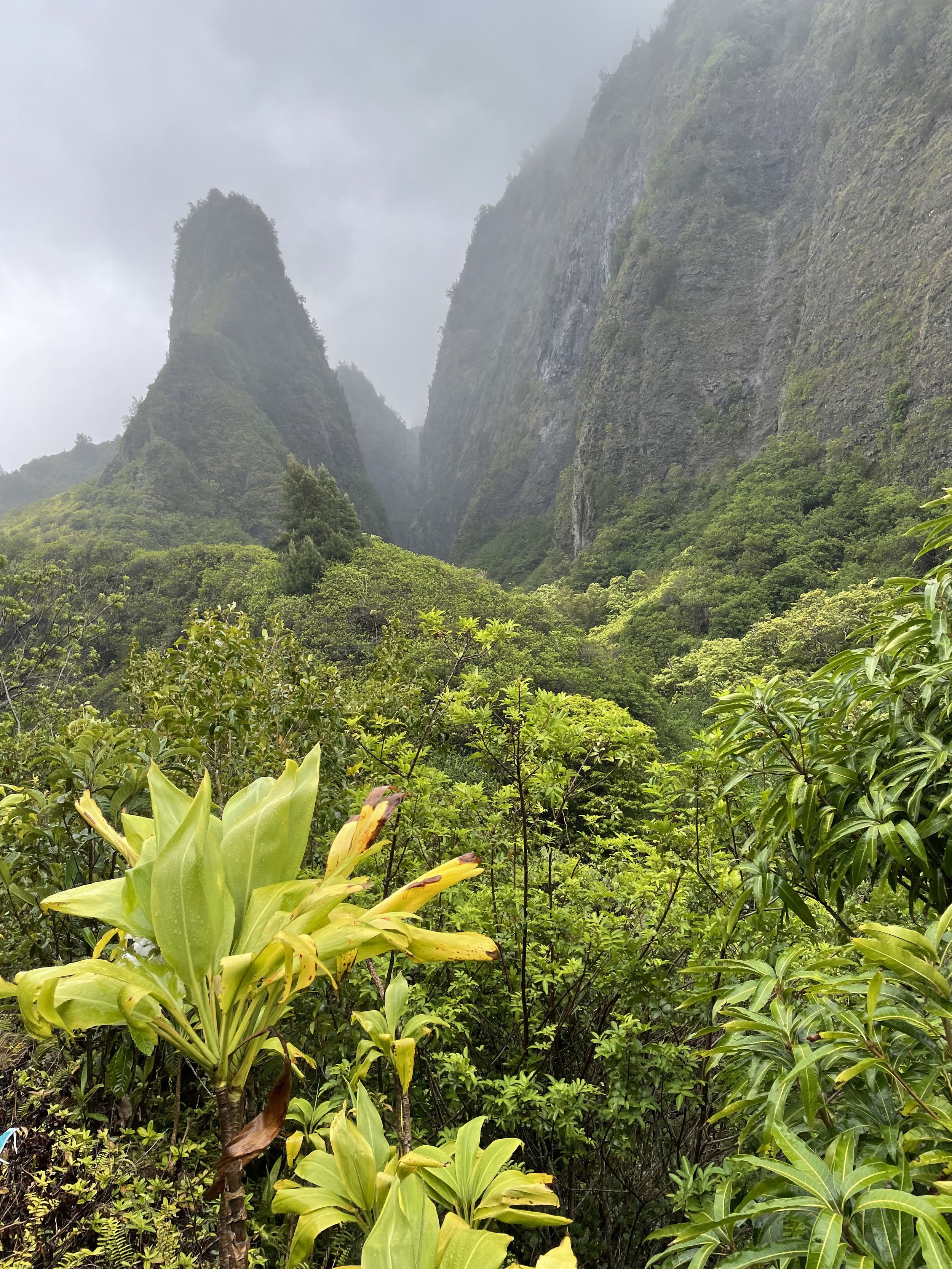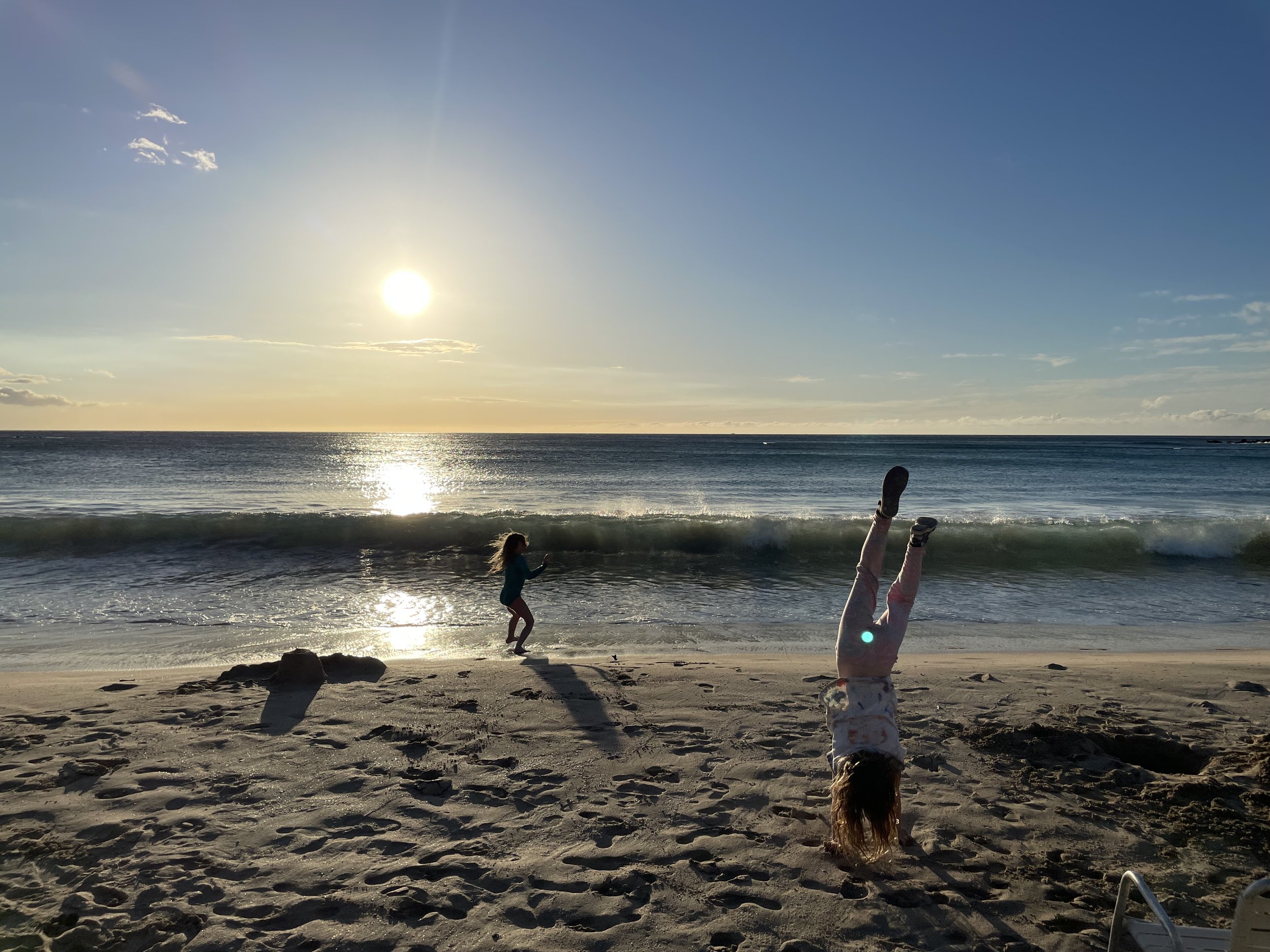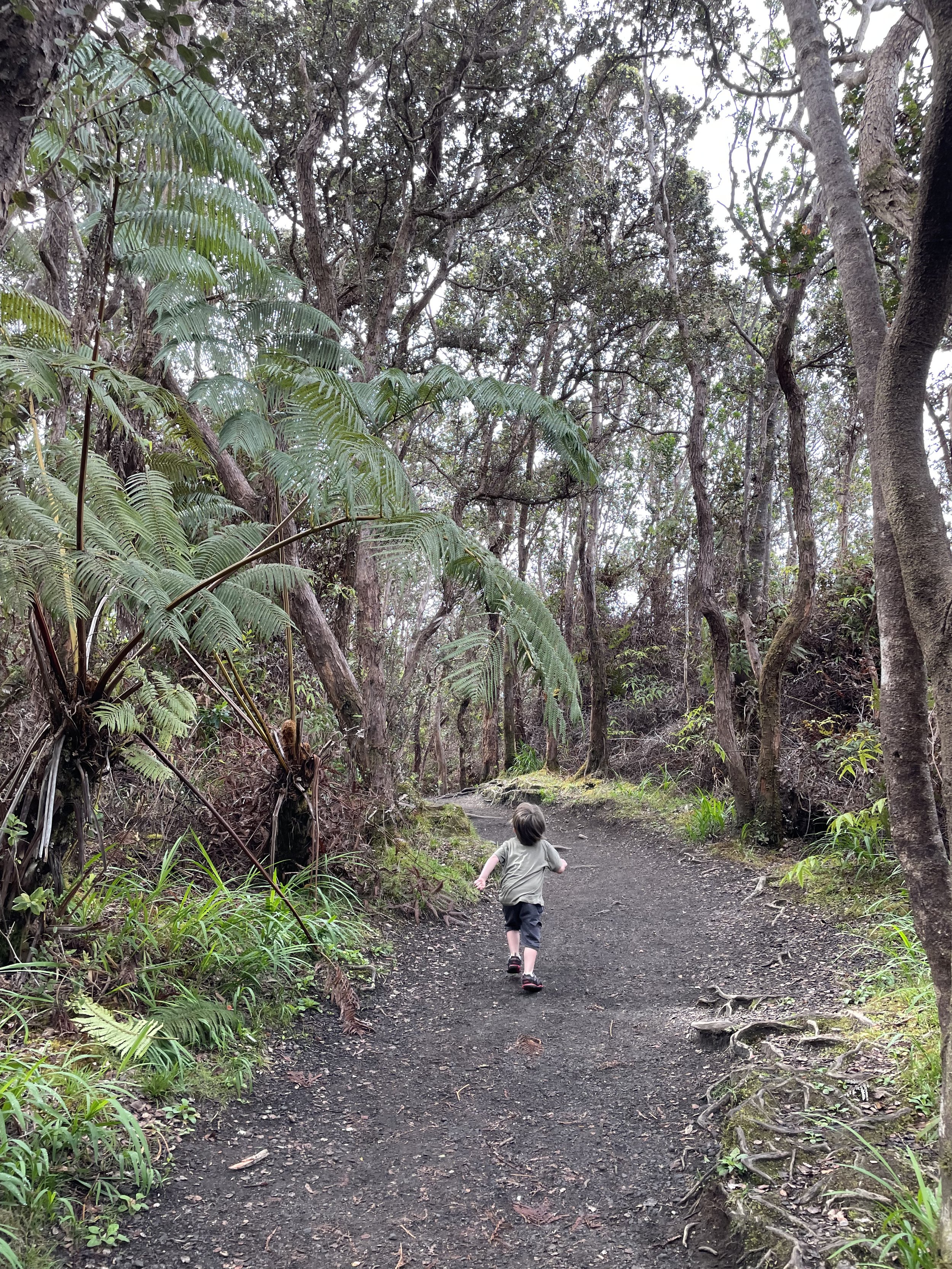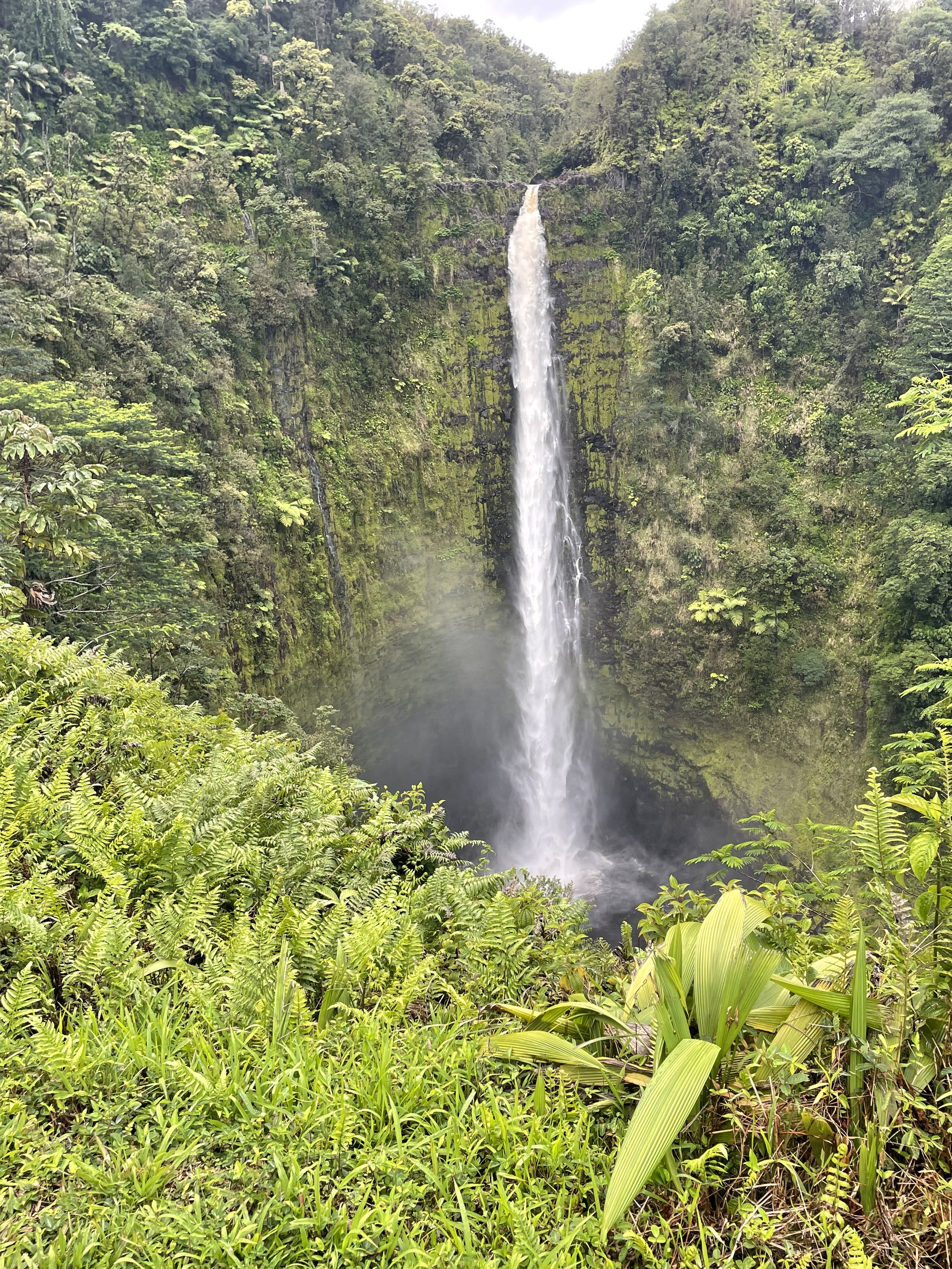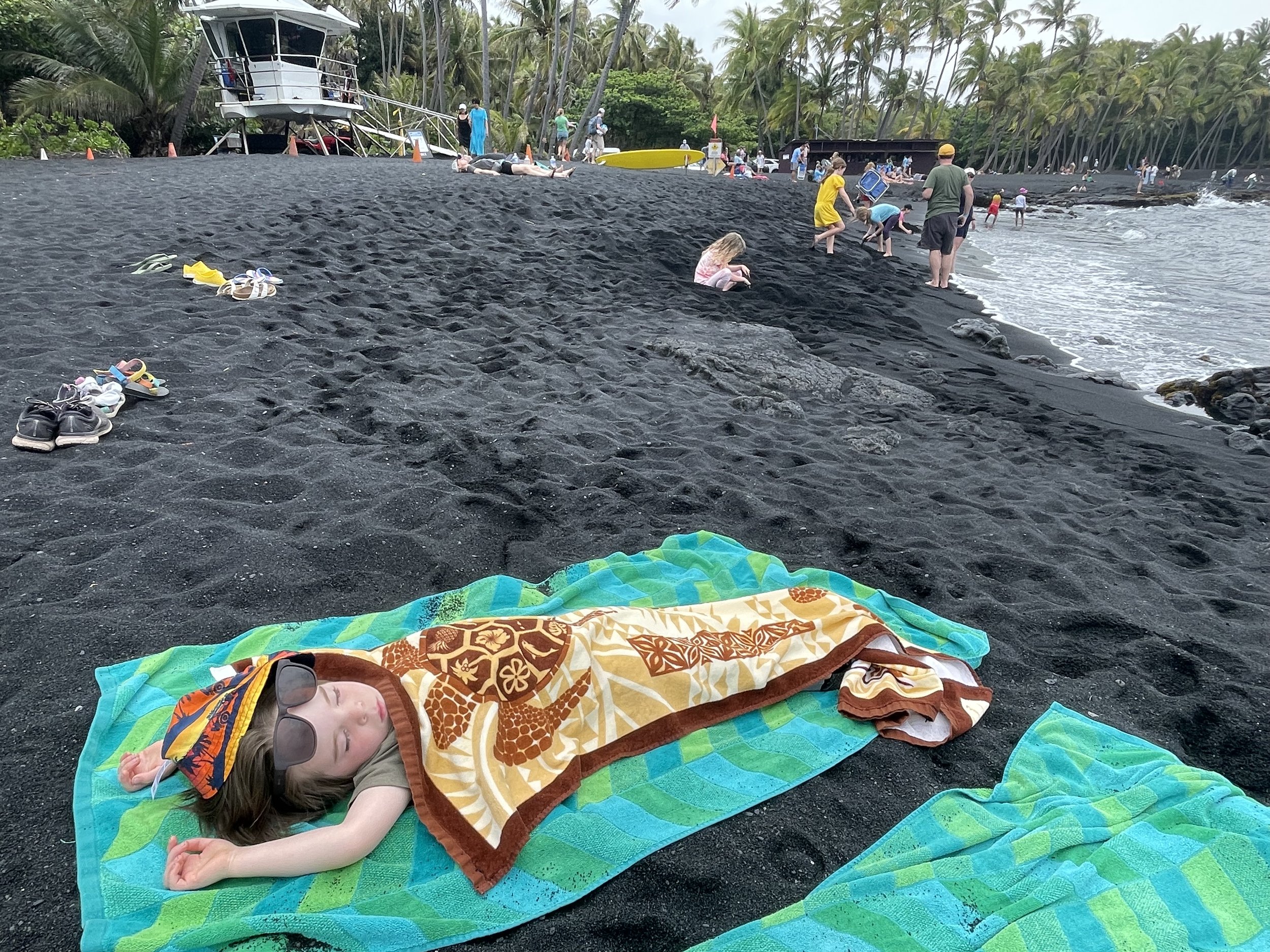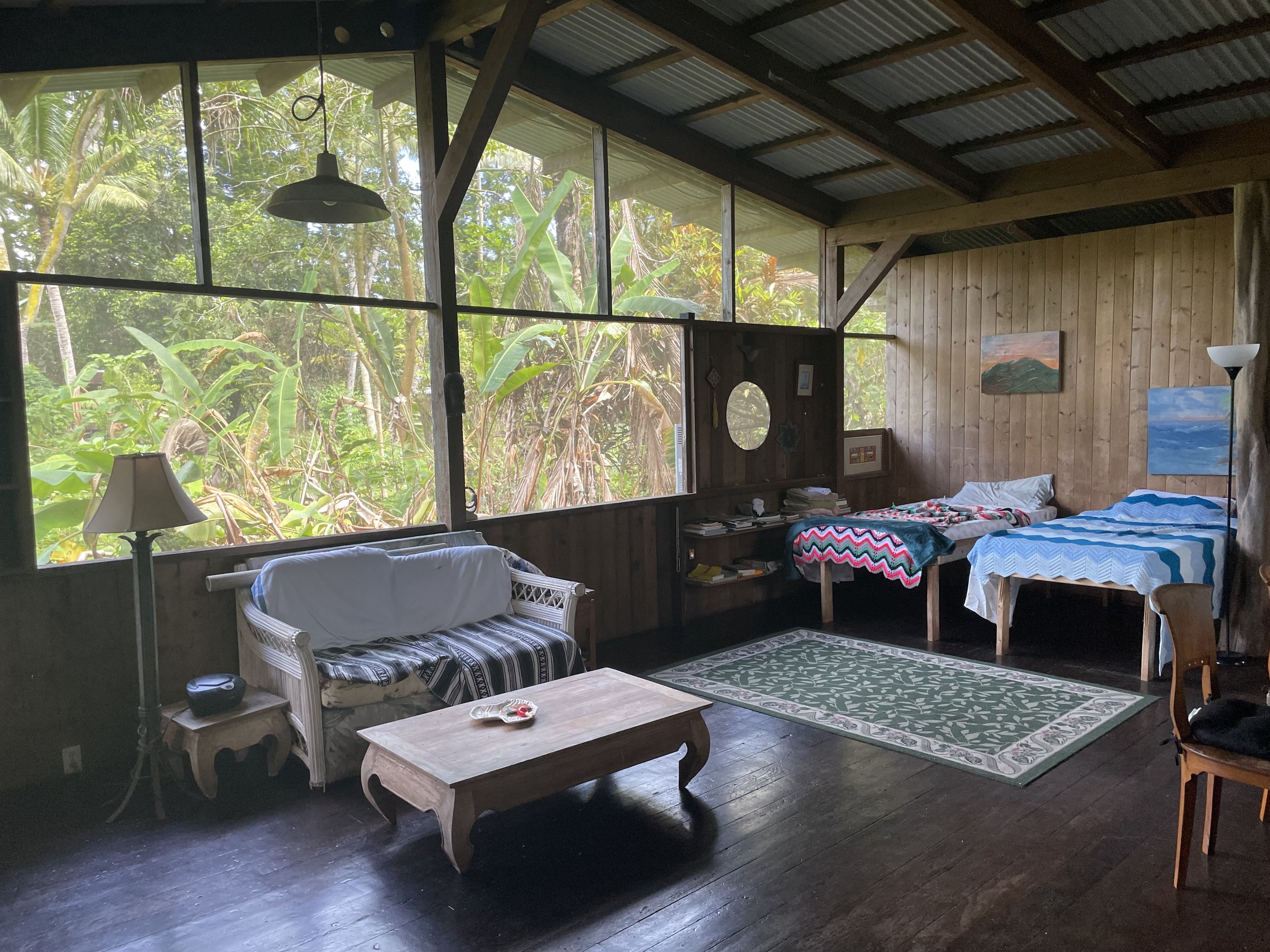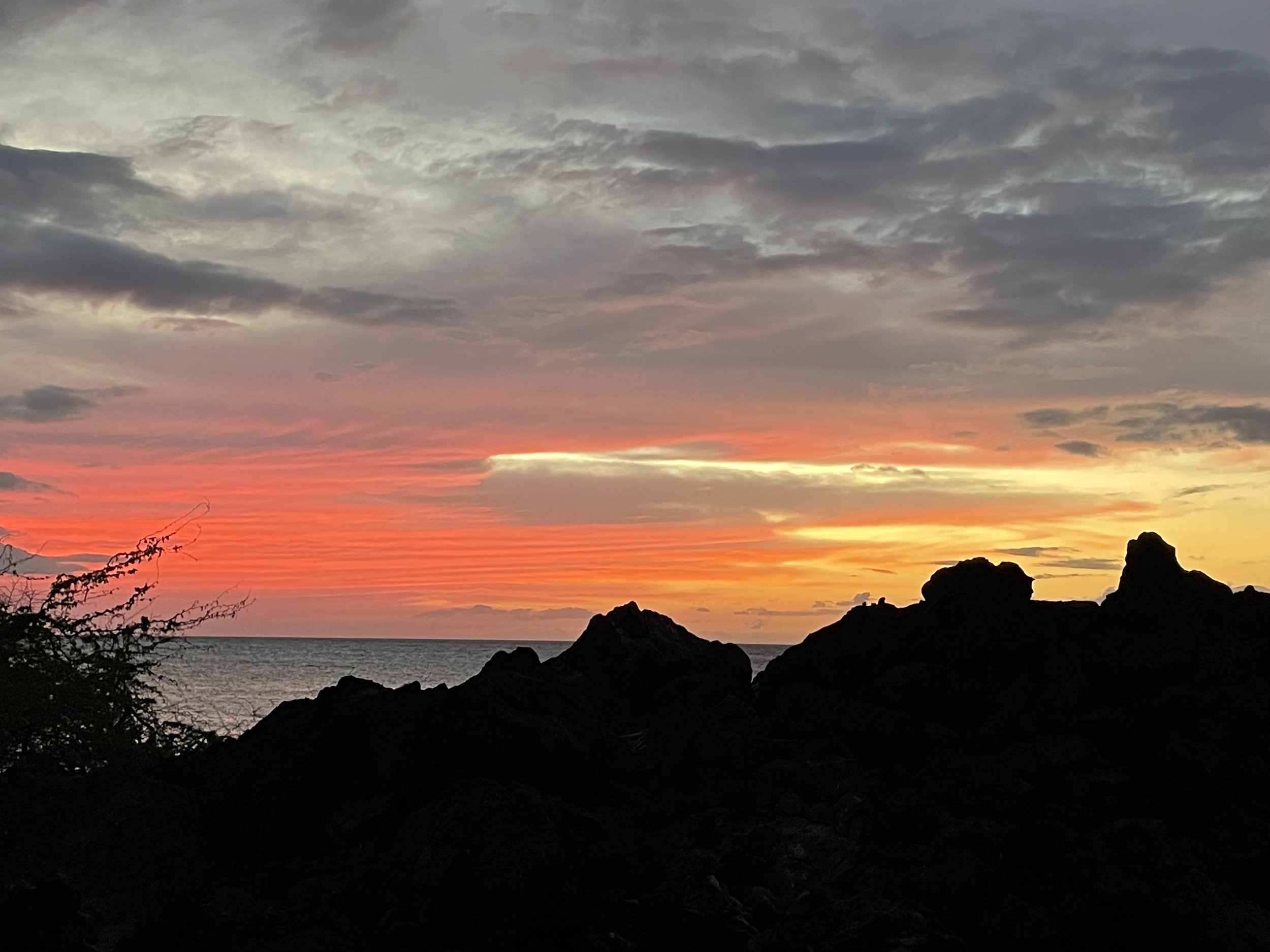I love, love stickers. Some people have t-shirts, some people get tattoos, but the thing that reminds me of my adventures is stickers on a water bottle, laptop, bumper, or my favorite, on our camper! door!All our adventure visually logged in one happy spot.
The problem with being a sticker artist is you are selling a print of your art for SO cheap! Which, makes it accessible to everyone, but not very sustainable not only for a small business but also a business that has a small niche of local-themed designs. And, it’s expensive! To make the stuff i do, I need an iPAd, a Mac, a stylus, cost of the stickers (which I get vinyl high quality ones!), and the thing we all want more of: time.
So, why do I make stickers? I love capturing a place or a mood or a personality–solving something visually–and a sticker is a small enough canvas that , with three kids and a FT job, I can complete each project. Really, the same way someone would solve a crossword puzzle or a video game, art can be that sort of brain candy.
And it really makes me happy when others are so happy to get a sticker. Or when I get pictures from people having a sticker on their water bottle or something like that. Stickers are just cool! So, forget about getting a Zia tattoo next time you’re in New Mexico, just get a sticker! You can find mine at Samizdat bookstore, Bradbury Science Museum, or Valles Caldera Gift Shop. You can find my designs at my print-on-demand store too, where you can get stickers, but also t-shirts, mugs, notebooks, sweatshirts–you name it!

